Legend has that it was founded by two sons of Lord Rama about 4000 years ago. Historically it has been proved that Lahore is about 2000 years old. Hieun-tsang, the famous Chinese pilgrim, has given a vivid description of Lahore city which he visited in the early parts of the seventh century A.D.
For 200 years, beginning from about 1525 A.D., Lahore was a thriving cultural center of the great Mughal Empire. Mughal Emperors beautified Lahore with palaces, gardens and mosques. During the British regime many monuments sprang up in Lahore which blended beautifully with the Mughal, Gothic and Victorian styles of architecture.
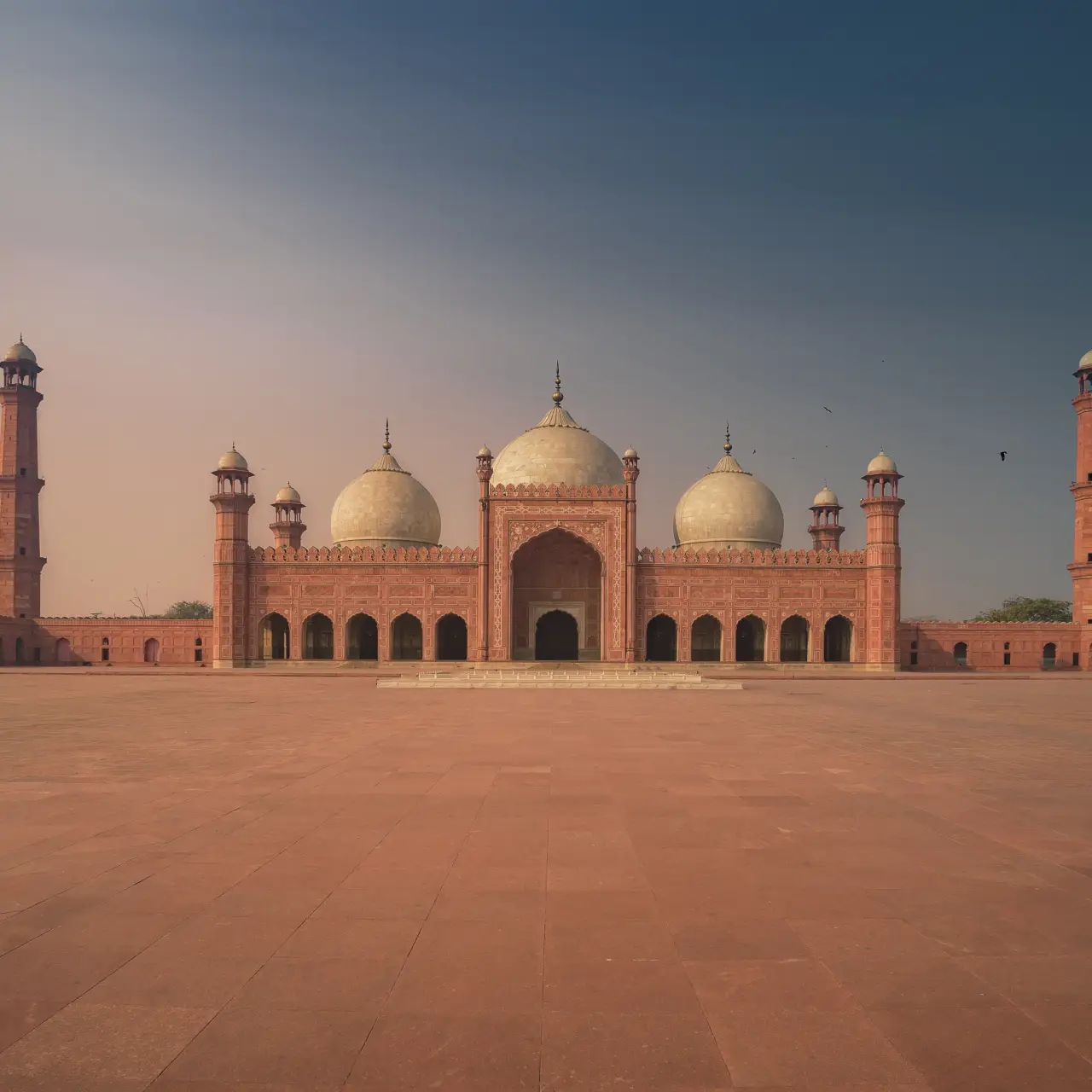
The most important historical monuments of the Mughals in Lahore are the Royal Fort, the Badshahi mosque, the Tombs of Emperor Jehangir, Empress noor Jehan, Anarkali and Asif-Jah and the famous Shalimar Garden.
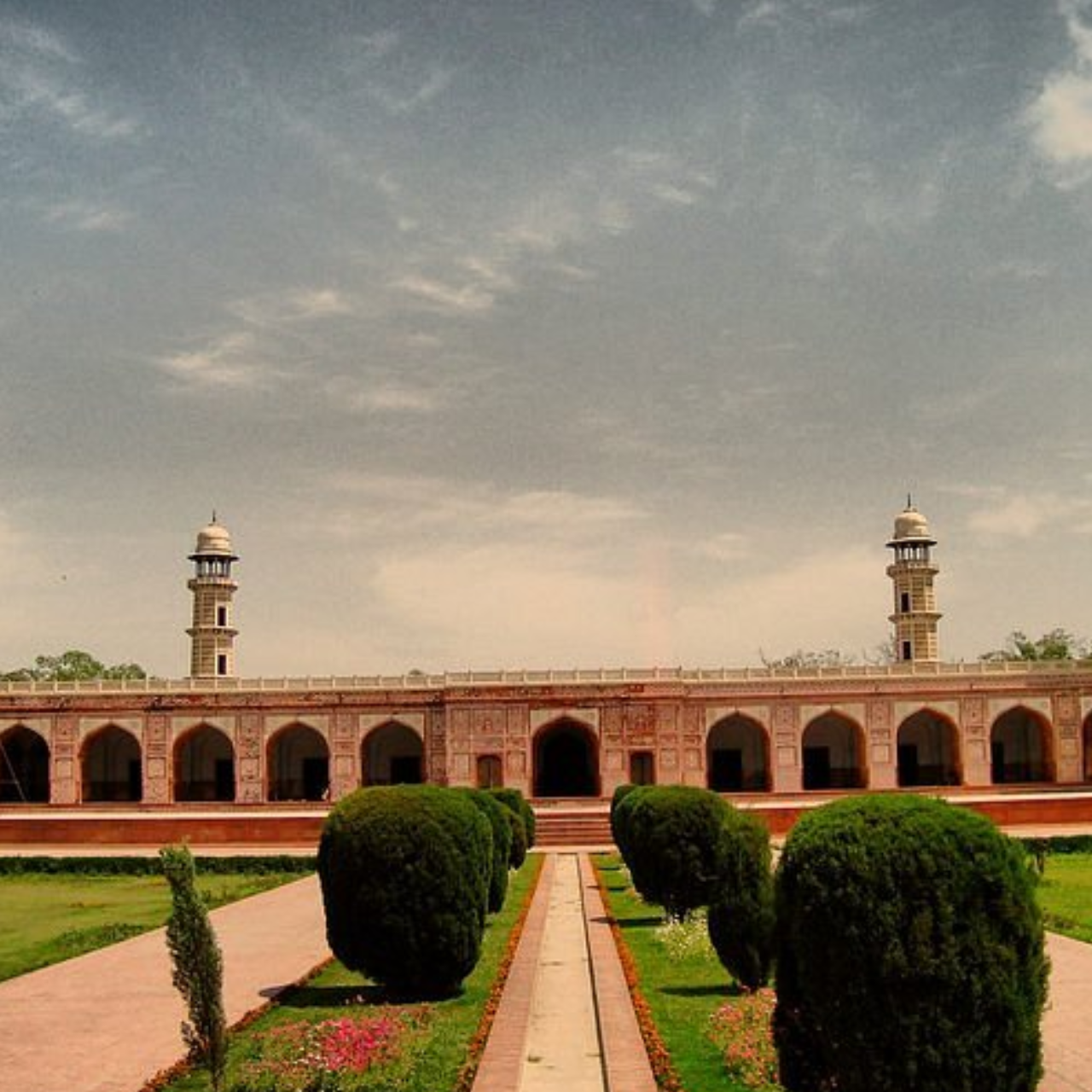
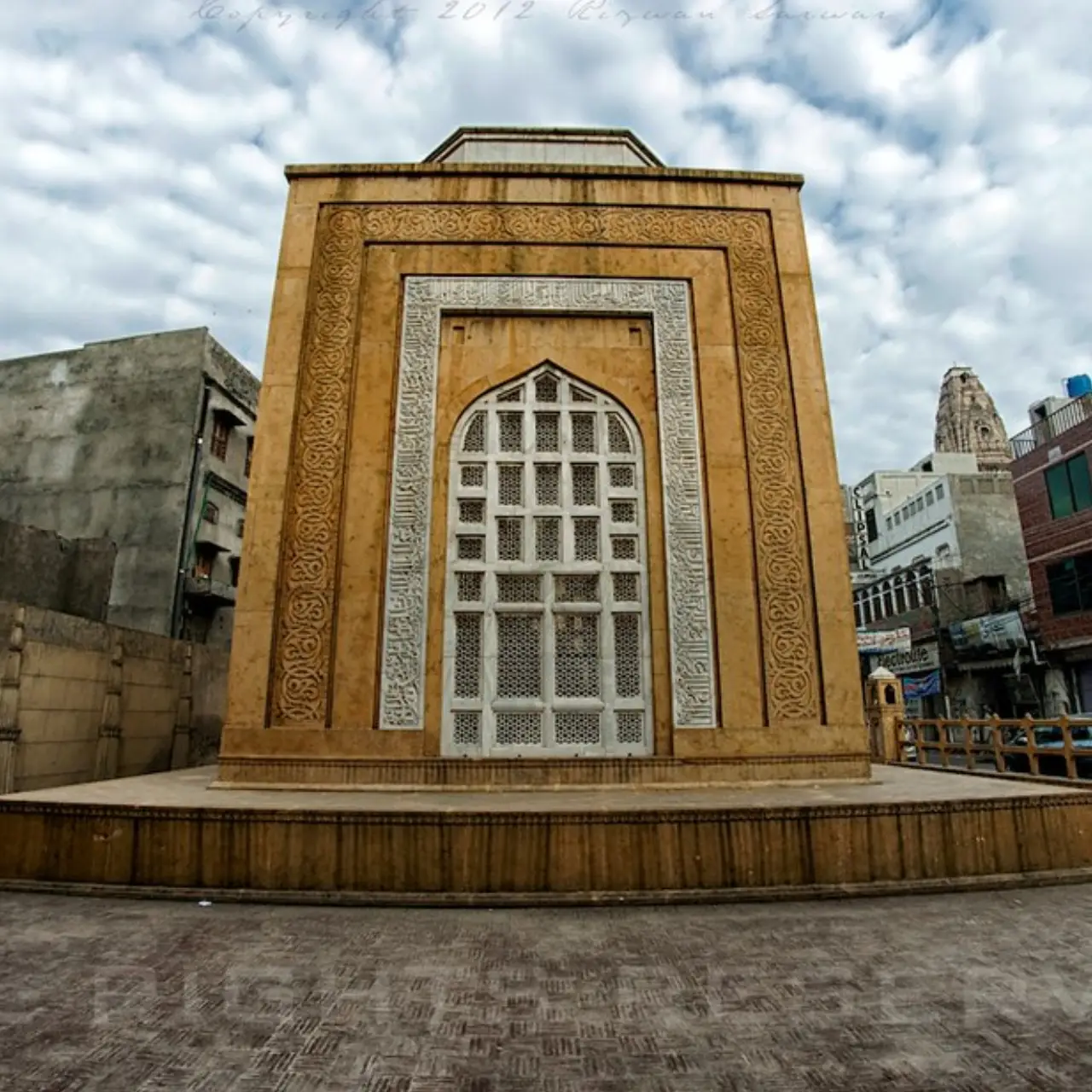
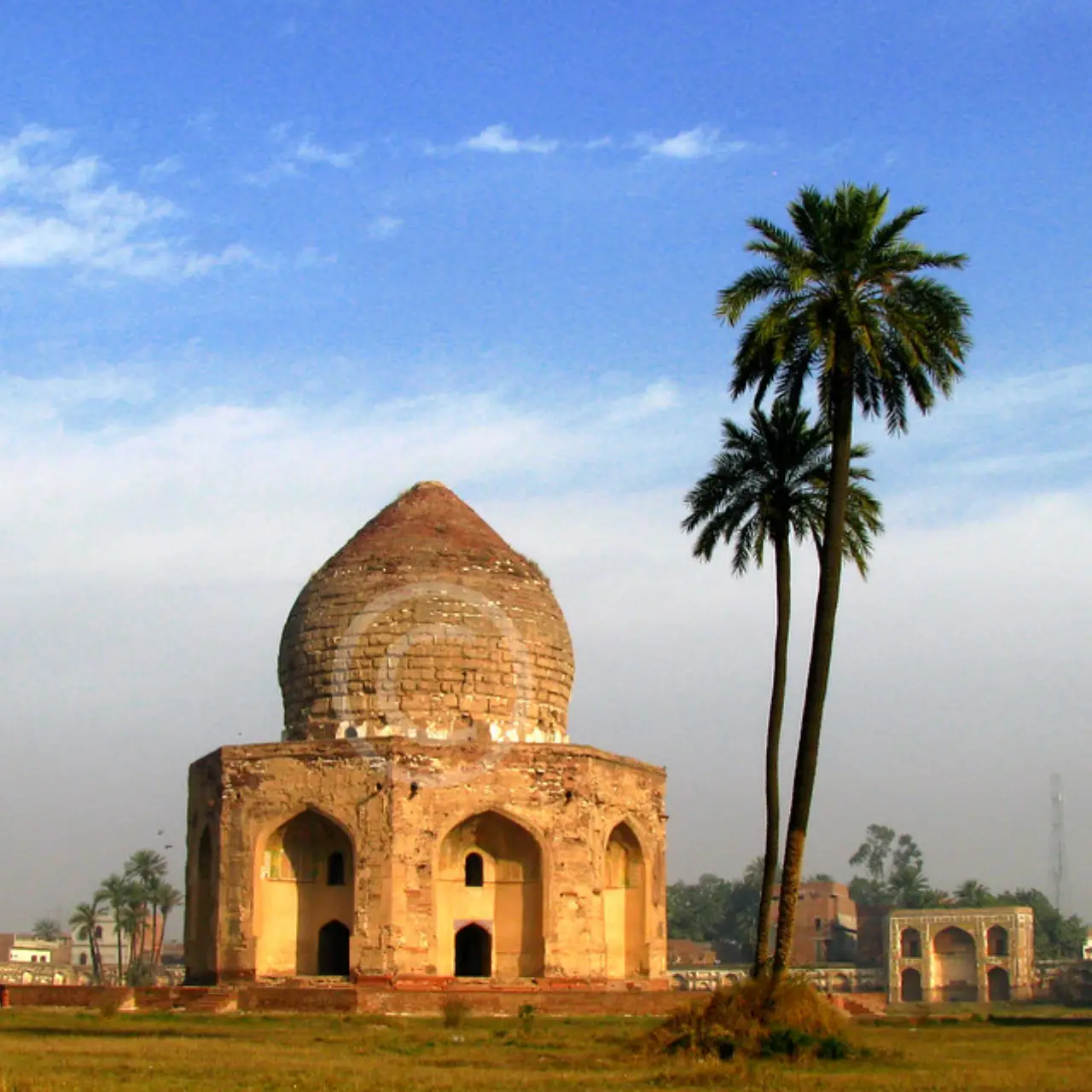
These parks have amusement avenues such as play lands for children, mini zoos, aviaries and miniature lakes as well as peddles and steamboats.
The above couple let by a Persian poet describes the primordial environment of the historic city of Multan. But that has changed now and not only the city of Multan but the district itself has been transformed into a green, fertile area. It is fact becoming an industrial town. The city has its own charm, culture and crafts. The origin of the name ‘Multan’ is obscure and so is the period of its founding. It has been Mulosan pulu by Hiuen Tsang and Alberuni called it Multana, which ultimately came to be called Multan.
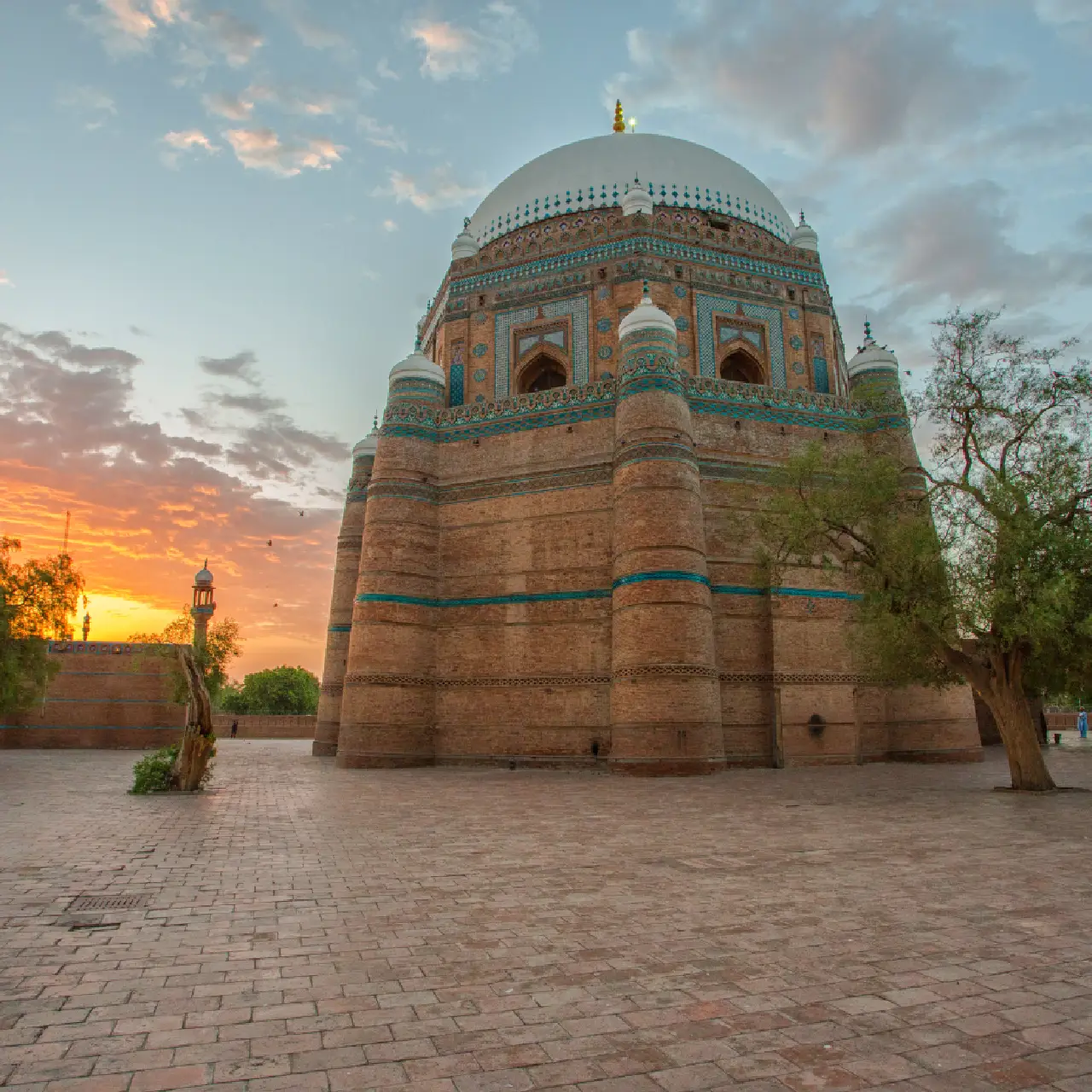
The history of Multan prior to the arrival of Arabs in the 8th century A.D is obscure. Alexander is said to have passed through the district in about 325-326 B.C, but his route cannot be traced. It is probable that Multan was the city of Malli which Alexander stormed and where he was wounded.
Multan figured as the capital of an important province of the kingdom of Sindh in the writings of the early Arab geographers. At the time the Arabs first came to Sindh, the country was ruled by Raja Chach, a Brahmin. Multan was conquered by Arabs under Muhammad Bin Qasim in 712 A.D . After defeating Raja Dahir, a descendant of Chach.
Multan city has the distinction of being the birthplace of three distinguished man in history Muhammad Tughlaq is said to have been born in 13th century in a hamlet and the place, which is known as “ Kotla Toleh Khan “. Emperor Bahlole Lodhi was born in Qazian Wala Makan near Hussain Agahi. Ahmed Shah Abdali, the first Durrani sovereign of Afghanistan , was also born at Multan in 1722.
Multan Fort was built on a mound separating it room the city by old bed of river Ravi. Its date cannot be fixed with accuracy. When intact, its circumference was 6,600 ft. having 46 bastions, including two towers at each of the four gates i.e., Delhi gate, Khizri gate, Sikhi gate and Rehri gate.
The devastation of Khorasan and Western Iran was to the benefit of this part of Pakistan, for it led to the setting in this city of a large Gardezi Syeds and Qureshis from Khwarizm, amongst whom Shiekh Bahauddin Zakaria is a famous saint. About the same time Pir Shams Sabzawari from Sabzwar and Kazi Qutubuddin from Kashan came to Multan. Baba Farid Shakar Ganj was born in a village of Multan , and settled in Pakpattan.
The famous mosques of Multan are Wali Mohammad Mosque in Chowk Bazar built by Ali Mohammad Khakwani in 1758 A.D., Mosque Phulhatt in Chowk Bazar built by Emperor Farrukh Siyar, Baqarabadi Mosque built by Baqar Khan in 1720 A.D. and the beautiful Eidgah Mosque built by Nawab Abdul Samad Khan in 1735 A.D.
Multan has some beautiful modern buildings such as Nishtar Medical College, University Campus, Arts Council building with and auditorium, Multan Railway Station building the famous Clock Tower building of the Multan Municipal Corporation and State Bank of Pakistan etc.
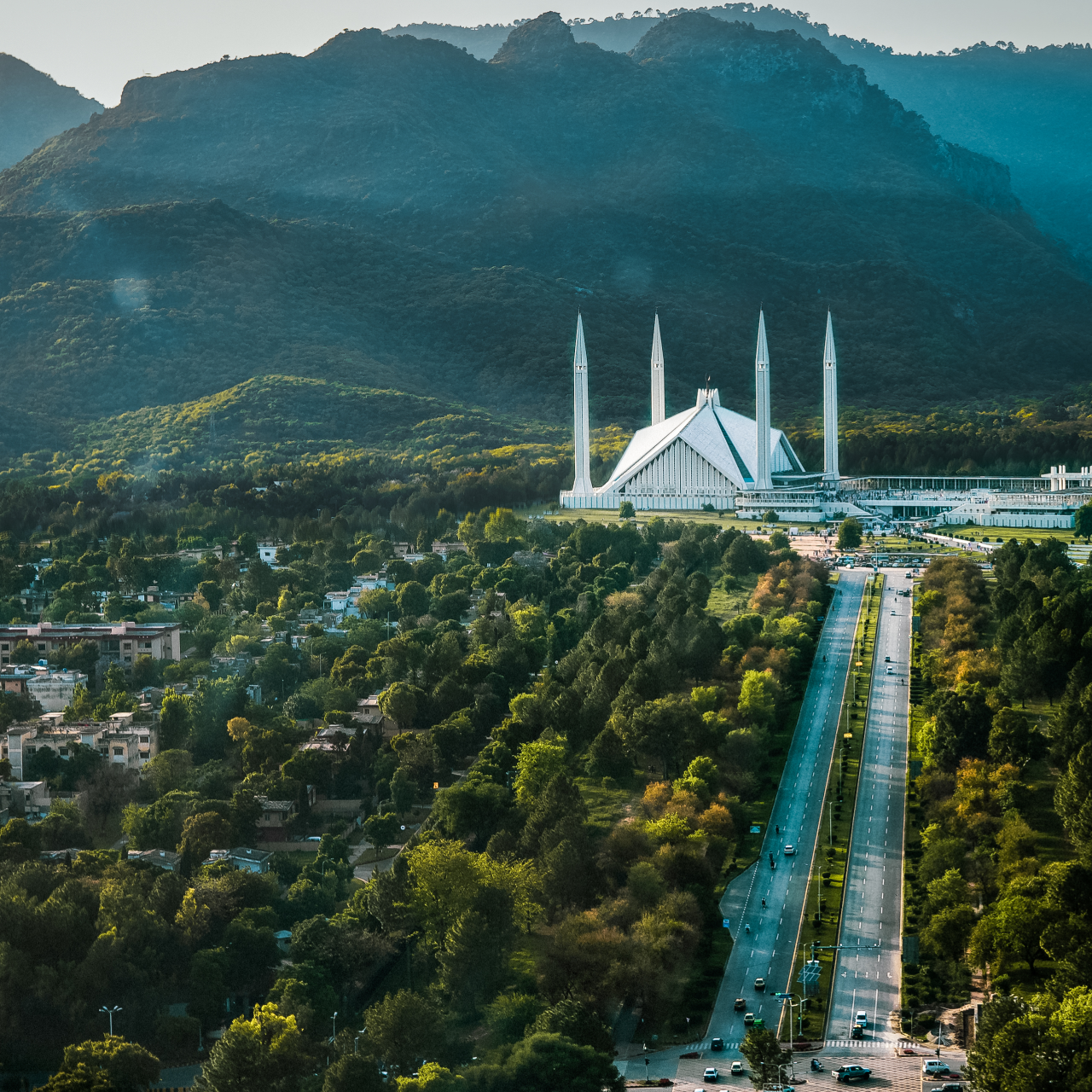
The founder of the state of Bahawalpur was Nawab Bahawal Khan Abbasi I. The abbasi family ruled over the state more than 200 years (1748 to 1954). During the rule of the last Nawab Sir Sadiq Khan Abbasi V, Bahawalpur State was merged with Pakistan in 1954. Bahawalpur was formerly the capital of the state and now is the District Divisional Headquarters of Bahawalpur division. It is an important marketing center for surrounding areas and is located on the crossroads between Peshawar, Lahore, Quetta and Karachi. Saraiki is the local language of the area. Urdu, Punjabi and English are also spoken and understood by most of the people
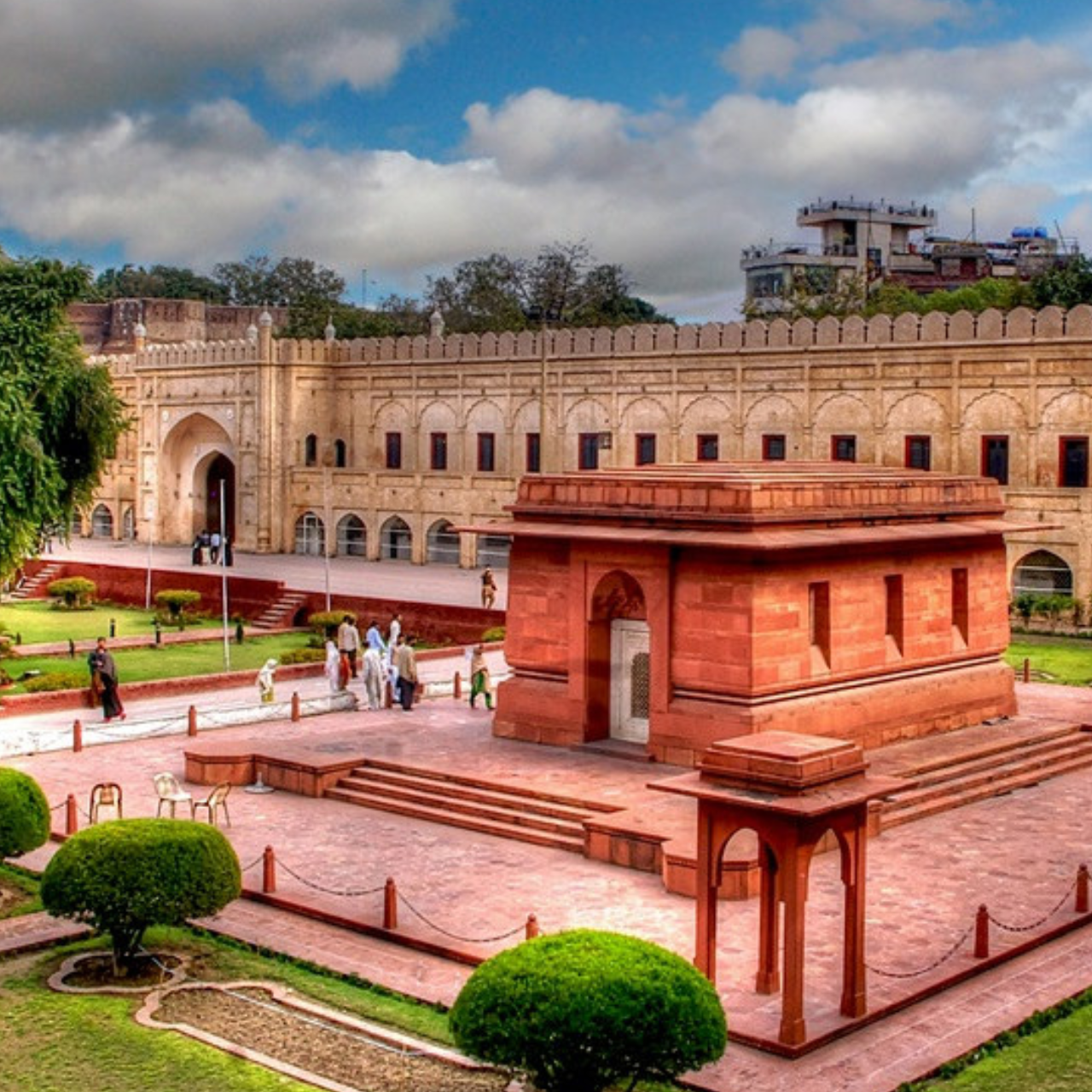
Cholistan, a well-known desert – 30 kms from Bahawalpur, covers an area of 16,000 sq. kms and extending up to the Terar desert which spreads across into India. Cholistan is derived from the word “Chalna” which means moving but locally the area is known as “Rohi”.
Sialkot is located 130 kms north-east of Lahore, and is linked by road and train with the whole country. It is internationally known for its manufacture of sports goods and surgical instruments.
A 140 kms west of Lahore is Faisalabad. It is known as the Manchester of Pakistan because it is famous for its textile industry. The focal point of this cit is Ghanta Ghar Bazaar which connects eight bazaars. Faisalabad is connected with the rest of the country by air, road and rail.
Gujranwala is situated about 65 kms to the north of Lahore. This city has developed a wide range of industries that manufacture such products as fans, washing machines, stainless steel items, room coolers, heaters, etc. Being located on the historic Grand Trunk Road and on the main railway line, it is well connected with the rest of the country.
Chiniot is situated about 160 kms to the west of Lahore. It is famous for its woodwork – items such as furniture, decoration pieces and wood-made bodies of trucks, buses and wagons. It is linked with the rest of the country by road and by rail.
Thank you for considering VISTA Tourism Management Services for your travel needs. Feel free to get in touch with us using the information below or by filling out the contact form. We look forward to assisting you in planning your next adventure